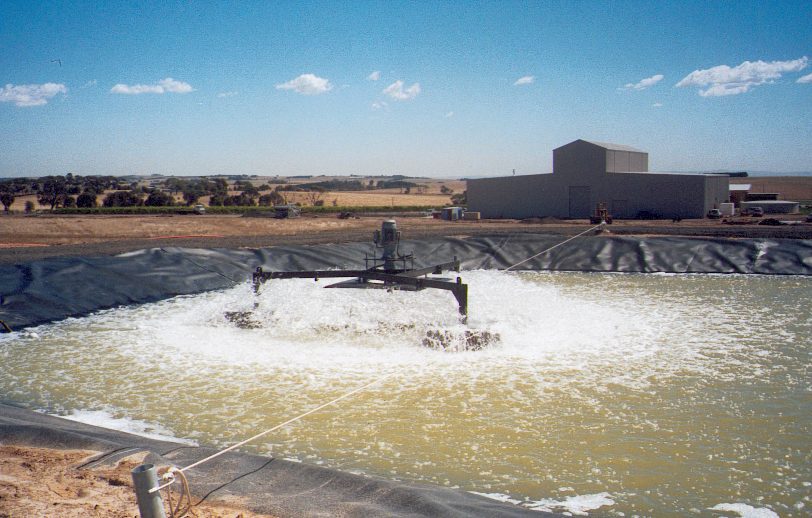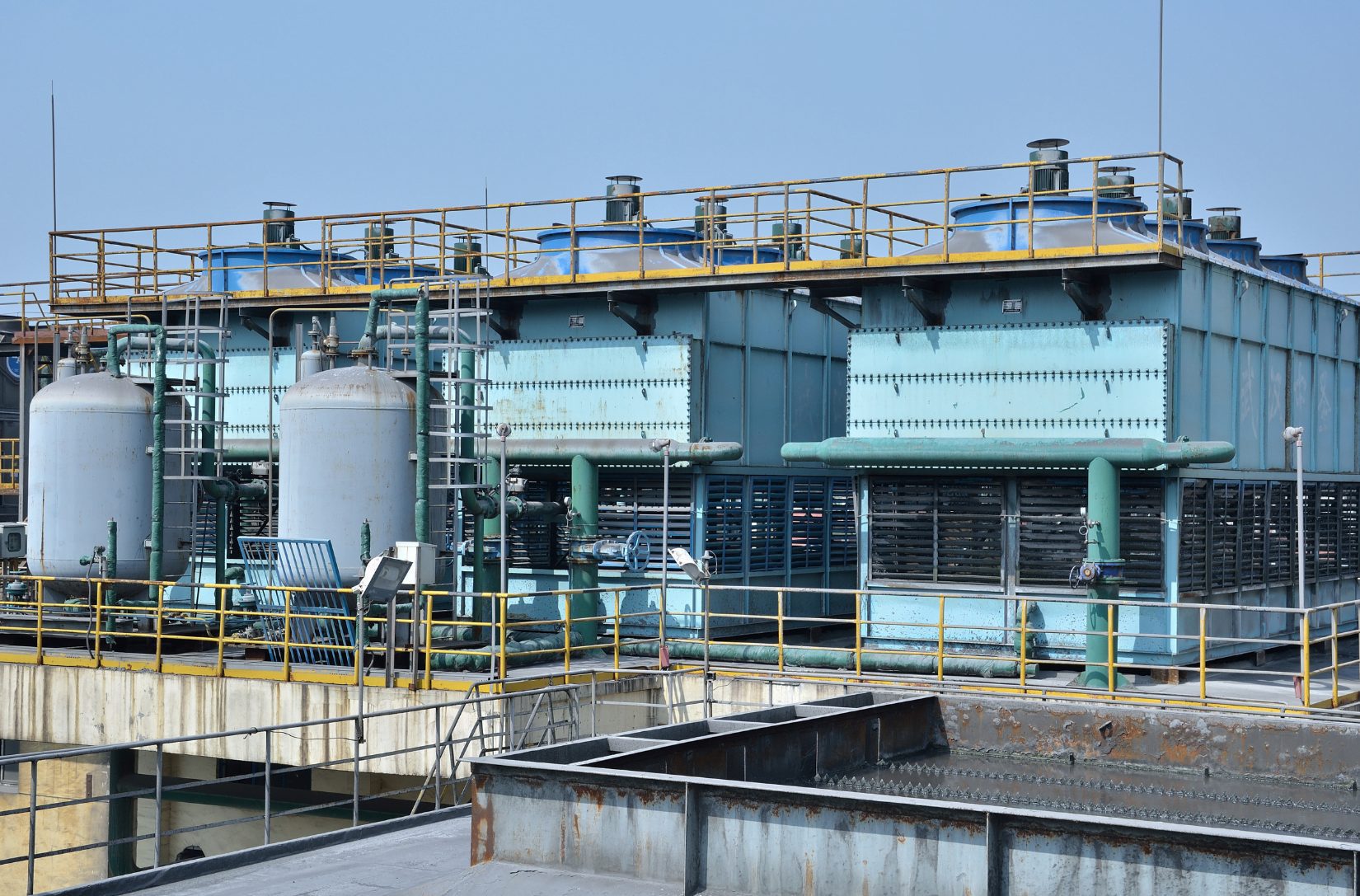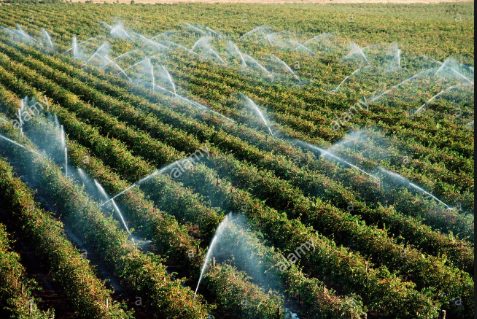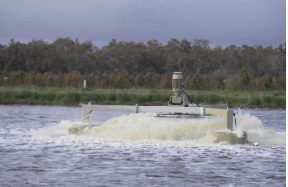Sewage treatment plant design
Here is an outline of the key components and considerations for designing and planning a sewage treatment system.
Understanding the different types of sewage treatment systems
Assessing the capacity needs for the system
Evaluating the location and site conditions
Designing the system layout and components
Selecting the appropriate treatment methods
Managing and maintaining the system
Complying with local regulations and permits
Understanding the different types of sewage treatment systems
There are several types of sewage treatment systems, including septic systems, aerobic systems, and advanced treatment systems. Each type has its own advantages and disadvantages, and it’s essential to understand which one is the most suitable for your needs and the local conditions.
- Assessing the capacity needs for the system
The capacity of the sewage treatment system will depend on the number of people working on the site, the type of activities that take place, and any potential future expansion. It’s essential to ensure that the system has adequate capacity to handle the waste generated.
- Evaluating the location and site conditions
The location and site conditions will play a significant role in determining the type of sewage treatment system that can be installed. Factors such as soil type, drainage, and groundwater levels will need to be considered when designing the system.
- Designing the system layout and components
The layout and components of the sewage treatment system will depend on the type of system chosen. It’s essential to ensure that the system is designed to meet the capacity needs, comply with local regulations, and be easy to maintain.
- Selecting the appropriate treatment methods
The treatment methods used in the sewage treatment system will depend on the type of system chosen. The methods used will determine the quality of the treated effluent, and it’s essential to ensure that the methods selected are appropriate for the local conditions and regulations.
- Managing and maintaining the system
Proper management and maintenance of the sewage treatment system is essential to ensure that it continues to function correctly and efficiently. This includes regular inspections, cleaning, and repairs as needed.
- Complying with local regulations and permits
It’s essential to ensure that the sewage treatment system complies with all local regulations and that the appropriate permits have been obtained before installing the system.
Keep in mind that these are general guidelines and specific requirements and regulations may vary depending on your location. It’s always best to consult with a local professional and obtain the necessary permits before installing a sewage treatment system.
By Jas specialises in sewage and waste water treatment Visit us at www.byjas.com.or call us on (03) 5979 1096. We have been in the industry for 35 years and family owned. We service across Australia, regional town centres, remote regional areas, and main capital cities.
SHARE:
What you can read next

Waste water treatment for Wineries
Wineries across Australia are producing record ...

Specialising in the Winery Industry
We cater to the winery industry in order to red...

Irrigation efficiency for Wineries
As we know wineries produce wastewater from the...

What is Involved in the Process of Winery Wastewater Treatment?
Winery wastewater is generated from the winery’s...

Want to remove waste water efficiently
Are you looking for a cheaper and more environmen...

Why Choosing a Wastewater Equipment Manufacturer Provides a Better Option?
Why Choosing a Wastewater Equipment Manufact...

Why Are Bacteria Used in Sewage Treatment?
Wastewater treatment is society’s way of giving...




